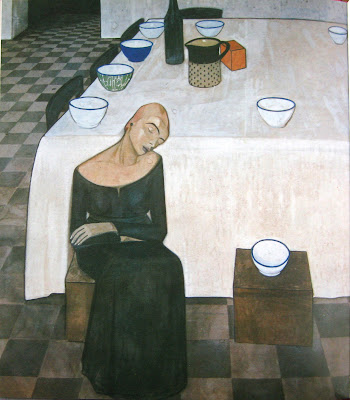Anchovies “in saor” is a typical dish from Venice, it is a fantastic way of cooking that wonder of nature that are anchovies, little expensive and very good for your health.
We advise you to prepare plenty of them because they are so good that they get sold like hot cakes and because they last a long time getting better and better.
Anyway they have to be prepared the day before serving.
ANCHOVIES "IN SAOR"
20 anchovies
3 white onions
pine kernels
raisins
flour
olive oil
vinegar
Cut anchovies' heads , open them like a book and take the central bone, cover them with flour and fry them in olive oil, let them cool down. Slice the onions, cook them until golden brown and then add the pine kernels,raisins, a little vinegar, salt and cook for 10 minutes till ingredients are blended. Lay the anchovies on their back on a tray, salt a little and cover with the sauce. Let them flavor for 24 hours in a fresh place.
Un piatto tipico di Venezia sono le sarde in saor, un fantastico modo per cucinare quella meraviglia della natura che sono le sarde, poco costose e ottime per la salute.
Consigliamo, quando preparate questa ricetta, di cucinarne in abbondanza, primo perché sono ottime e vanno a ruba, secondo perché si mantengono a lungo, e più passano i giorni e più sono buone. Vanno comunque preparate il giorno prima di servirle.
SARDE IN SAOR
20 sarde
3 cipolle bianche
pinoli
uvetta
farina
olio d’oliva
aceto
Tagliate la testa alle sarde, apritele a libro e togliete la lisca centrale, infarinatele e friggetele in olio d’oliva, lasciate raffreddare.
Tagliate le cipolle a rondelle, fatele appassire in olio d’oliva, quando saranno dorate aggiungete pinoli, uvetta, un po’ d’aceto e sale e cuocetele ancora per dieci minuti in modo da amalgamare gli ingredienti. Disponete le sarde a pancia in su in un vassoio, salatele leggermente e copritele con l’intingolo lasciato raffreddare. Lasciarle insaporire per 24 ore in un posto fresco.











